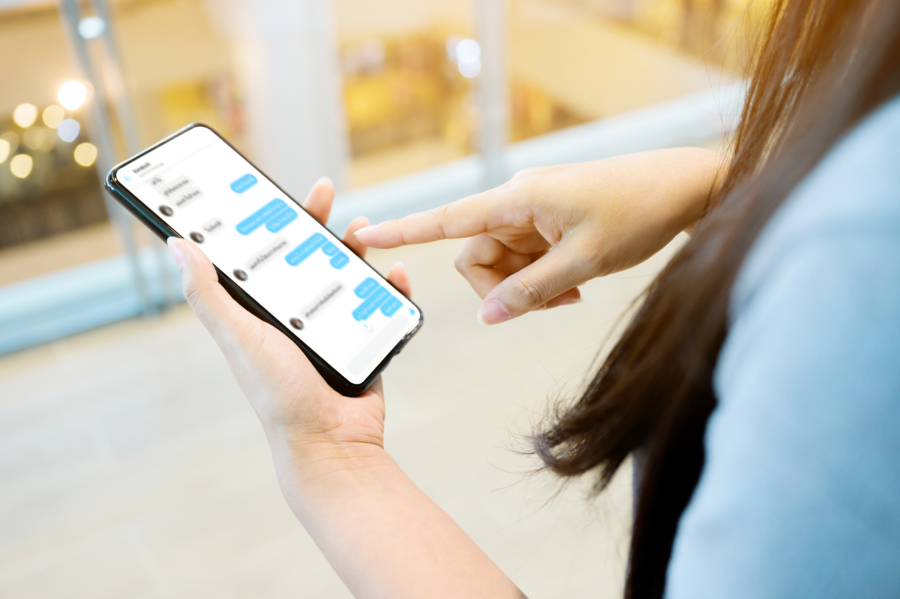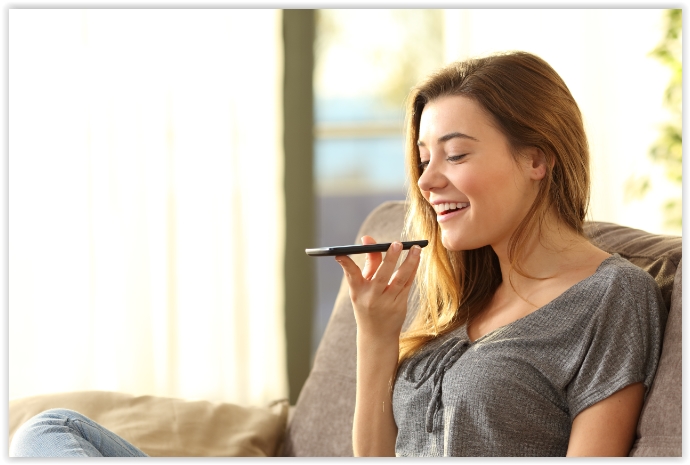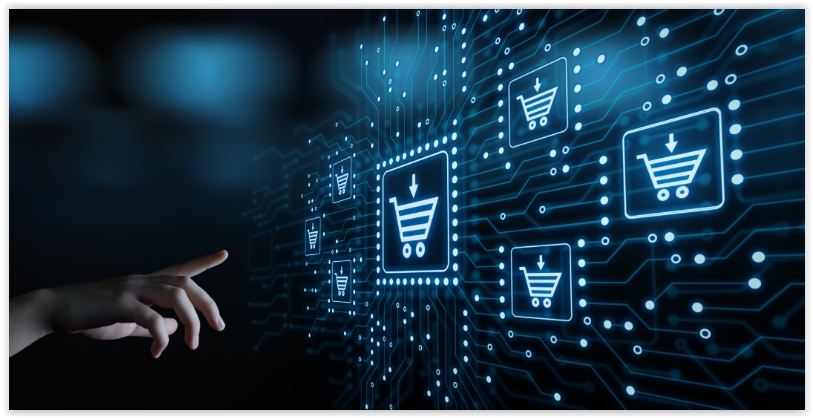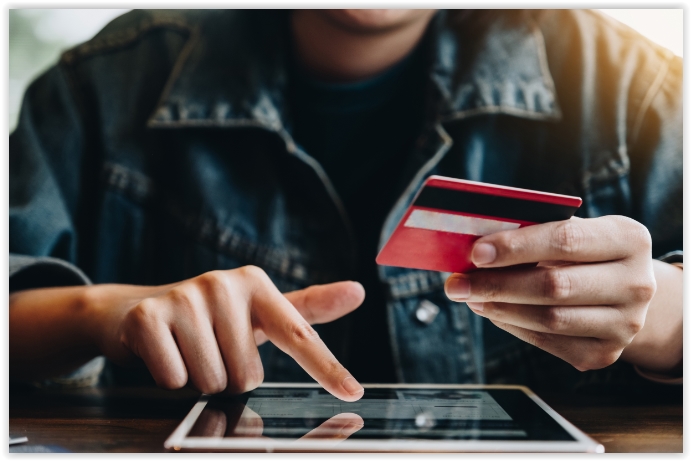As a result of the Coronavirus outbreak, many companies are transitioning to working remote. While working from home is a dream for many, there are many challenges that can come with it. We don’t know how long
- Home
- Tag: Digital marketing news
On August 29th Facebook started their global roll out of their new lead generation feature in Messenger to all advertisers. This feature allows businesses to create an automated question and answer experience within their Messenger app that
On Tuesday Facebook announced new updates for its video creation kit feature. The updates are to give video advertisers more templates, editing options, and a new ‘save’ option. Facebook’s overall purpose of the new features is to
There is no doubt that voice search has arrived and is here to stay. Google Voice Search actually launched way back in 2012, however it's only been the past 1 to 2 years that users have begun
The digital marketing industry which is forever fast-moving has sought to combine data with advertising technology - 2019 may be the year of implementation. Dynamic creative optimization (DCO) is a display ad technology that creates personalized ads based
As the online environment becomes increasingly competitive for businesses and brands, SEO is more important now than ever. Just how important is it? According to Marketing Land, over one-third of U.S. consumers started their online purchases with Google
Digital marketing is forever changing and revolutionizing the way the industry interacts with consumers. The rapid evolution of digital marketing is more significant than ever. According to a survey by Adobe, 76% of those asked felt “that marketing
The way brands engage with their consumer is always changing, especially in the past 10 years compared to the rest of the digital age's history. eCommerce sites have made the biggest leap digitally by engagement occurring almost
Consumers took Black "Friday" by storm this year setting ground-breaking records with the largest online presence in its history. 2018's Black Friday shopping festivities also started earlier than ever. Right after Thanksgiving dinner, consumers everywhere jumped straight
A popular shift in content marketing has taken the form of storytelling. Consumers have shown that a product or service that offers an experience is much more attractive to them. Storytelling takes content marketing to a whole















